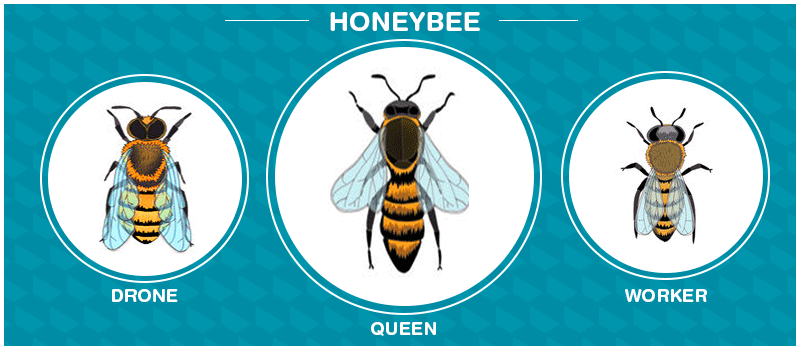Apiculture word comes from the Latin word ‘apis’ which meaning bee. Therefore apiculture or beekeeping is the managing and care of honey bees for the production of honey and the wax. In the techniques of apiculture, bees are bred commercially in apiaries, an environment where a lot of beehives can be placed. Apiaries is set up in an environment where there are enough bee pastures usually environments with flowering plants.
Products obtained Bee
Bees are major reared for their honey. Apart from that, beeswax is also obtained through beekeeping. Though honey is an important ingredient in many food dishes, beeswax possess much commercial significance too. It is also been used in the cosmetic and medical industry, as well as a coating for cheese, and as a food additive. It is used as a major component for making candles, preparing polishes for the shoe, furniture, and so on.
Significant of Apiculture or Beekeeping
- The main benefits of apiculture or beekeeping are listed below:
- It provides honey that is the most valuable nutritional food.
- It provides bee wax that is used in industries, including cosmetics industries, polishing industries, pharmaceutical industries, and so on.
- It is discovered that the honey bee’s venom contains a mixture of proteins that can potentially be used as a prophylactic to destroying the HIV virus that causes AIDS in humans.
Varieties of Bees

The apiculture mostly takes care of those bee species whose names start with “Apis”- because they are the only species which produce honey. Common species of honey bees which are reared are as follows:
- Apis dorsata: It is called the rock bee. It is a huge bee and produces about 38 to 40 kg of honey per colony.
- Apis indica: It is also called the Indian bee. It can be reared at home and is most commonly used for honey production. Its annual yield is 2 to 5 kg per colony.
- Apis florea: Which is also called the little bee. It very stings and thus honey extraction from its hive is easy. It generates about 1 kg of honey per colony per annual.
- Apis mellifera: This is also called the Italian bee. It has a very typical dance routine to indicate food present, and like the little bee, stings less. As the common name suggests, this species is not local. Because of the high amount of honey produced, it is frequently reared by beekeepers.